Home » Off Road Builds » Ford » Lifted Ford Explorer Off Road Build for Overland Adventures
Lifted Ford Explorer Off Road Build for Overland Adventures

With a name like “Explorer”, one would think it is obvious that the Ford Explorer has the makings for a stellar off-roadable overland vehicle. And while much has changed from the past truck-based iterations that boasted body-on-frame toughness, low range gearing, and locking differentials, the modern unibody Explorer still delivers impressive real-world capability for outdoor adventures.
Equipped with advanced AWD/4WD systems (including the likes of a Terrain Management System and Hill Descent Control on certain trims), generous ride height and interior volume, and healthy tow ratings for a unibody utility vehicle, the Explorer clearly still has genuine off-road chops. And enhancing this is a thriving aftermarket for upgrades like all-terrain tires, lifts, skid plates, and more to help transform the Explorer into an even more travel-ready adventuring machine.
KEY TAKEAWAYS
- The Ford Explorer has decent capability for lighter off-roading with available 4WD, ground clearance, cargo space, and towing capacity. But it lacks features for highly technical off-roading.
- Basic off road upgrades like all-terrain tires and a small suspension lift kit expand the Explorer’s off-road prowess and make it more capable on dirt roads and trails.
- Must-have overland gear includes a rooftop tent, portable fridge/freezer, roof rack for storage, awning, and power system for extended stays off-grid.
- Recovery gear like straps, jacks, shovels, and axes plus knowledge of recovery techniques are vital for safely getting unstuck when exploring remote areas.
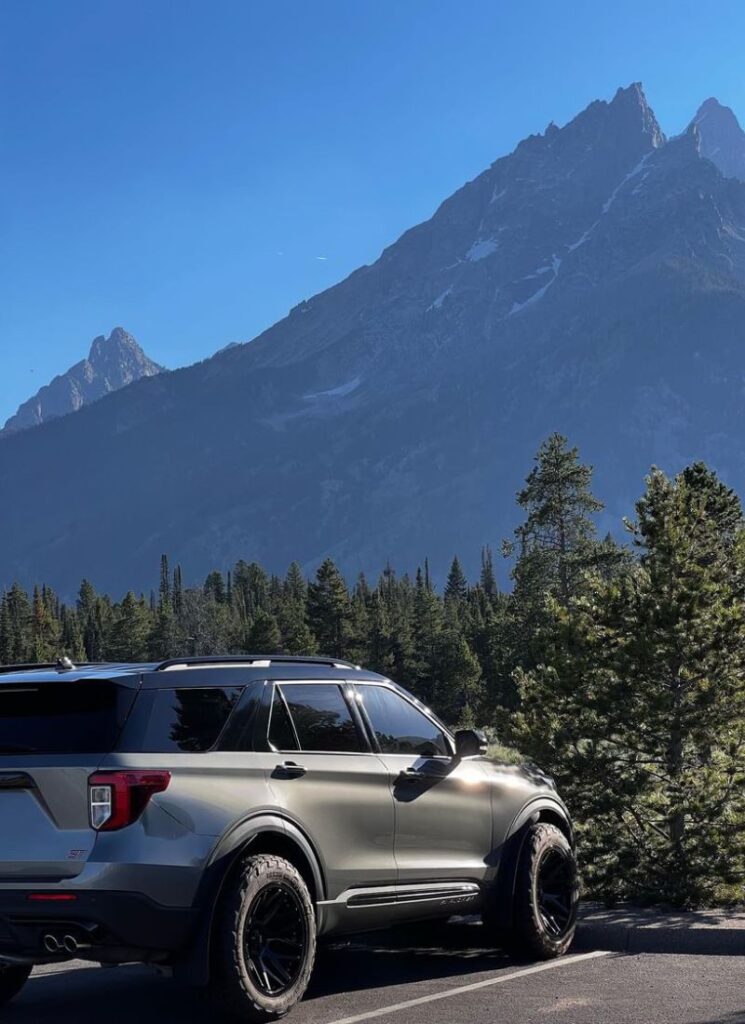
Affiliate disclosure: we may earn a small commission at no additional cost to you if you buy through some of the product links in this post.
Table of Contents
ToggleWhy Explorer?
The Ford Explorer can be a decent vehicle for lighter overland style off-road adventures, but it has some limitations to be aware of:
Pros:
- Available four-wheel drive and decent ground clearance (especially the Explorer Timberline models with extra clearance)
- Good cargo and passenger space
- Parts are common and repairs/service can be done most places
- Comfortable on-road ride and amenities for long distances
Cons:
- Not designed for serious or highly technical off-roading. Lacks features like a low-range transfer case, locking differentials, etc.
- Independent rear suspension less durable on rough terrain vs. a solid rear axle
- Can be expensive compared to older truck platforms
- Modest aftermarket support
In summary, it works fine for maintained dirt roads, forest service roads, and light-duty camping trails. But serious rock crawling or highly uneven terrain is outside its capability. Adding all-terrain tires and maybe a small lift helps expand its overland potential. Overall it’s best suited for overlanding that mixes on and off-road driving. For heavier off-road use a truck-based 4×4 may perform better.
Off Road Build Basics
So while it may not conquer the Rubicon Trail in factory form, with the right modifications and sensible expectations, an Explorer on 33″ tires can handle so much more than the parking lot and paved roads so many examples sadly never depart from.
2006 Ford Explorer Overland Build (3rd Gen)

Lift Kit
- 3″ Spacer Lift
Wheels
- 285/65R17 All Terrain Tires
- 17″ Pro Comp Off road Wheels
The most common place to start is upgrading to all-terrain tires, providing added traction when traversing muddy, loose, or rocky terrain. For additional clearance, a modest suspension lift kit of 1-3 inches enables running larger diameter tires and helps clear obstacles, approach angles, and minor washouts. And that’s exactly what the owner of this Explorer ST did to ho his vehicle. Below is the build break-down with the list of parts and upgrades used.
2020 Ford Explorer ST Off Road Build
Lift Kit
- 1.5″ Traxda lift kit
- Fender trimming
Wheels
- Rough County 20×10 -19 offset
- Nitto Recon Grapplers 265/60/20
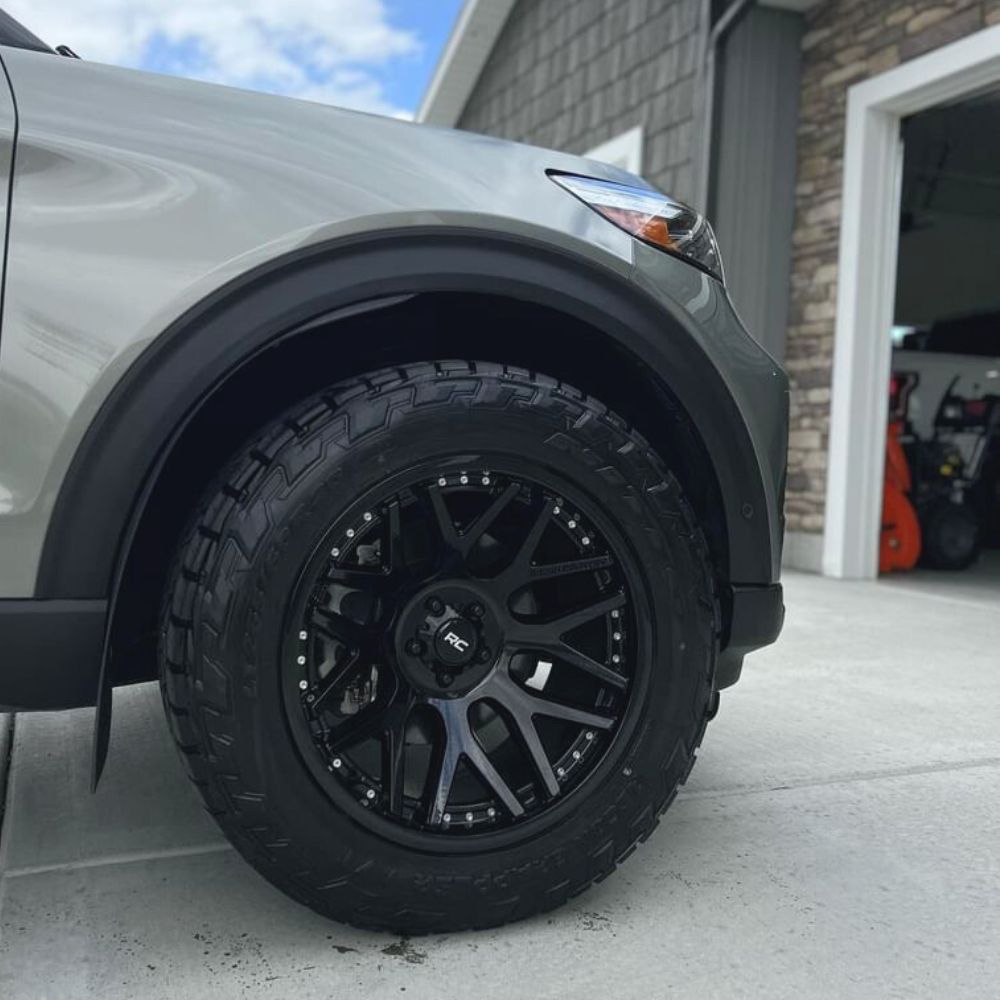
Must Have Overland Gear
Rooftop Tent & Annexe – A hard shell rooftop tent gets your sleeping quarters off the ground and provides fast setup and tear down. Combos with an annexe cover give shelter for changing, cooking and storage. Brands like iKamper, Tuff Stuff, or James Baroud are popular.
Portable Refrigerator/Freezer – A 12/24V compressor fridge/freezer like those from Dometic, ARB, or National Luna can keep food safely cold for days. Can be powered through outlets in vehicle or solar panel and battery bank. Crucial for storing fresh food.
Roof Rack – Base rack providing platform to mount rigid cases for fuel & water jugs, spare tire, gear bags and lighting accessories. Some overlanders build custom storage boxes the length of the roof. Reputable brands include Front Runner, Rhino-Rack, and Yakima.
Awning – A retractable, side mounted awning creates shade and cover next to vehicle where you cook, eat, socialize and store gear safe from elements while camping. Options are manual or automatic retracting.
Power System – Combination solar panels to charge dual battery banks (starter & auxiliary deep cycle) power lights, fridge, chargers, winch, and accessories without running vehicle. Maintains battery charge for multi-day boondocking.
Off road Recovery gear
Recovery gear is an essential safety item for overlanders to get themselves unstuck in remote areas. If you lose momentum and get stuck in sand, mud or rough trails, recovery gear provides a way to self-rescue through winching or vehicle pulls from straps. Avoiding a potentially dangerous situation stranded alone.
Straps, snatch blocks and shackles are used in combination with another vehicle to provide pulls/momentum to get unstuck. Soft shackles prevent damage used properly. Must have basic recovery knowledge.
Hi-Lift Jack – A versatile farm jack that can be used upright to hoist and lower vehicle when stuck or change tires. Combining with recovery boards/traction mats helps free stuck vehicles. Other jacks like bottle jacks can also work.
In essence – recovery gear is cheap insurance to get out of sticky situations far from help. Every overland vehicle should have a basic kit tailored to the vehicles weight and capability. Taking courses on proper use is also advised to prevent accidents or damage while recovering.
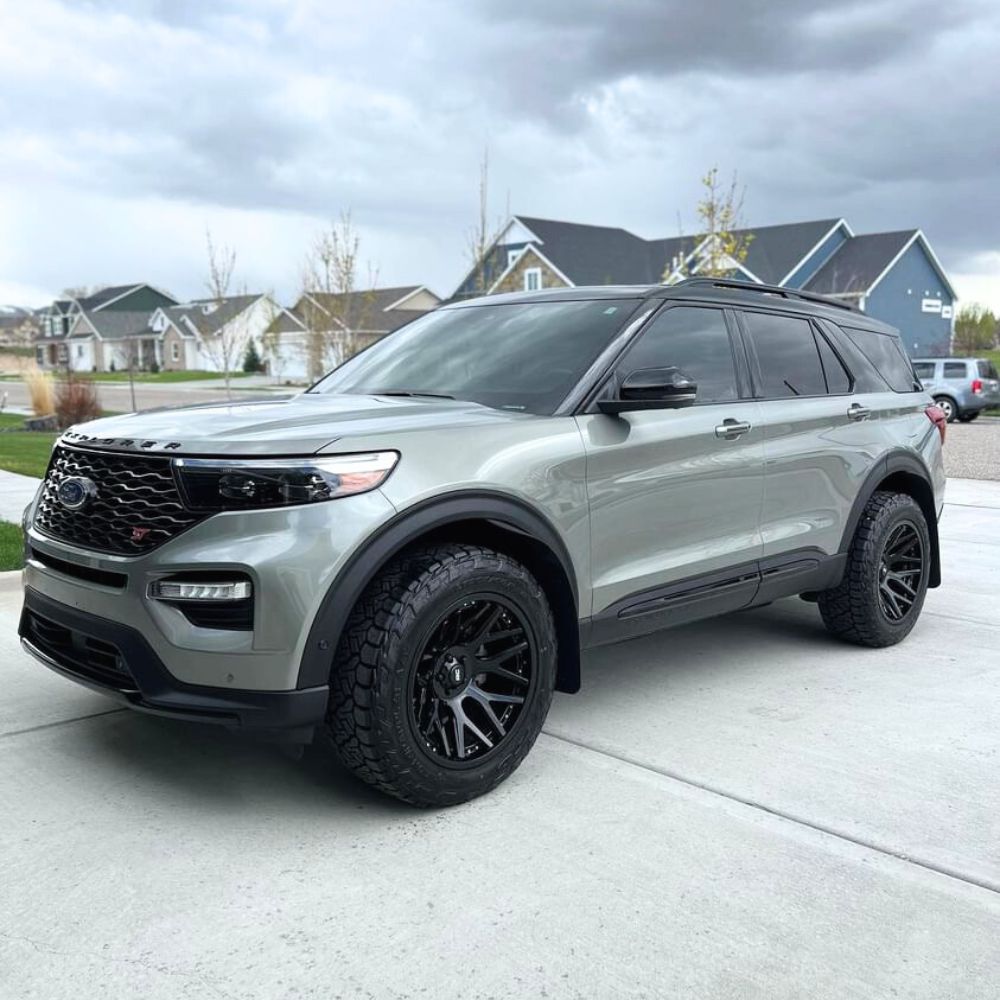
Related Parts & Mods
– Inspired by this Ford build and looking to prepare your own Explorer for off-road adventures? Our team has put together a list of products and accessories that may help you to achieve similar results:
Lift Kits
- Truxxx 2.5″ Front & 1.5″ Rear Lift Kit – 2011-2019 Ford Explorer all trim models including Police Interceptor – 2WD/4WD
Wheels
- Nitto Ridge Grappler All Terrain Tires – 265/60R20
Roof Racks
- KitsPro 260lb Roof Rack Cross Bars – for 2020-2025 Ford Explorer
- Arksen Universal Heavy Duty Roof Rack – 64 x 39 x 6″ (50 lb)
Off-Road Lights
- Auxbeam V-MAX Series LED Pod Lights – 7″ Offroad Cube Lights with Amber DRL 228W
*Always verify product compatibility for your specific vehicle with a seller before purchase. Specs and fitment may vary by model, year, and trim level. We are not responsible for fitment or other issues that may arise from using the products listed above.
Conclusion
While the Ford Explorer, especially the more rugged Timberline models, can be built into a decent overland vehicle, it does have some limitations in capability that rule out highly technical terrain. With the right modifications like lifted suspension, aggressive tires, and exterior upgrades it works well for maintained trails and easier off-road camping adventures. If you’re looking for recommendations on vehicles better suited for demanding overland travel, we invite you to check out our list of the top-rated overland vehicles on the market.
Matt is a professional mechanic, experienced off-roader, writer and founder of Offroadium. With over 15 years immersed in the off-road community and 100,000+ miles logged on rugged trails across the Americas, Grabli shares extensive real-world knowledge. He previously worked as an automotive technician before shifting focus to specialty off-road projects. His passion is prepping capable rigs for off-roading and helping others to build the 4x4s of their dreams.

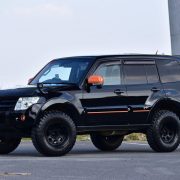
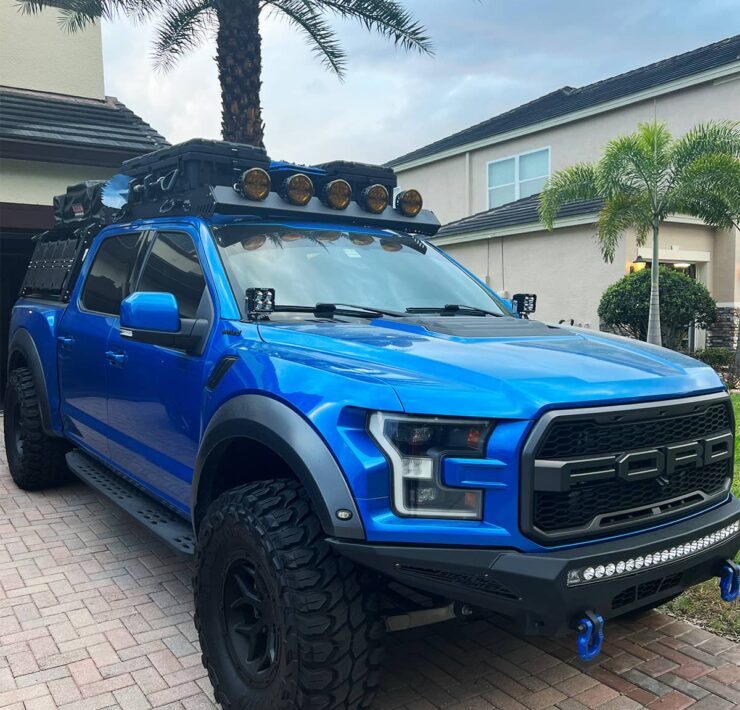
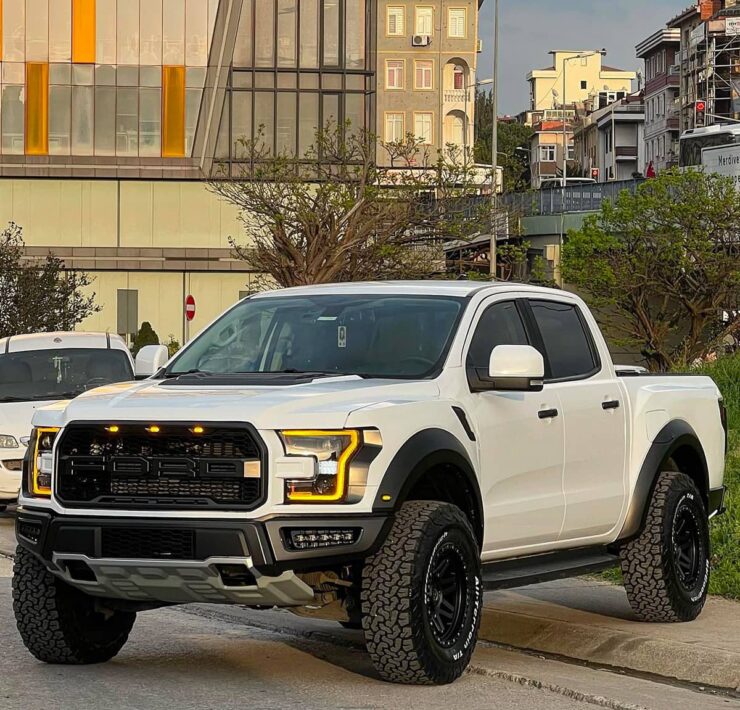
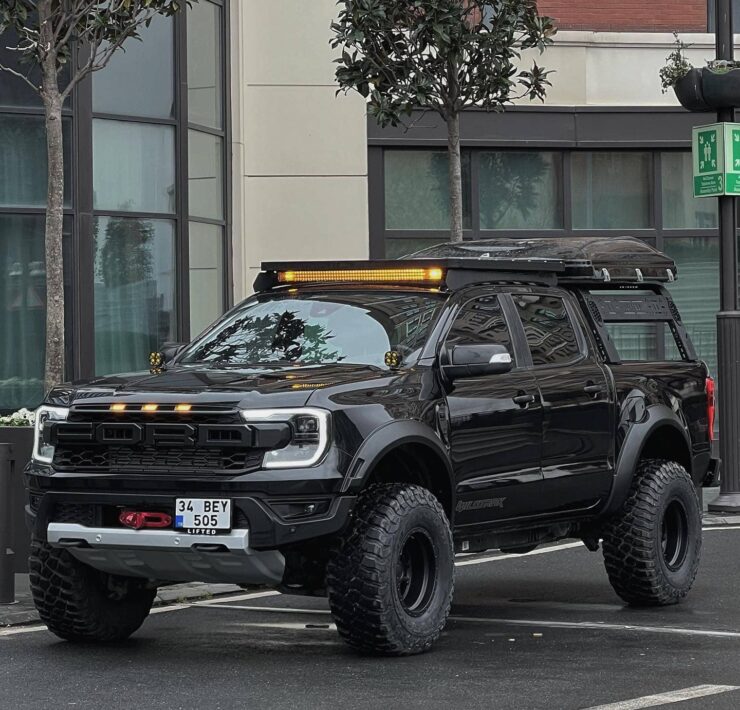
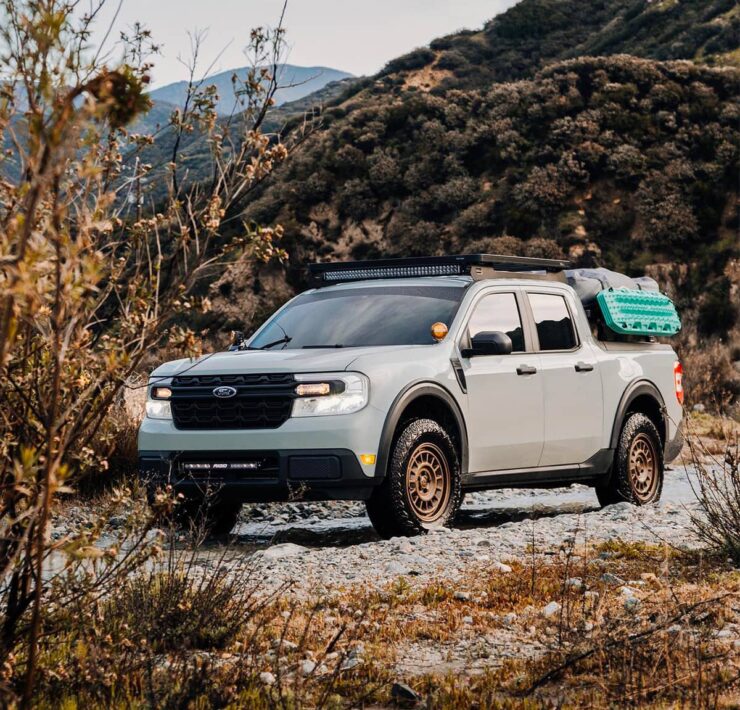
Definitely needs a lift and decent 33”s
Finally someone building a sick-looking Explorer
Would love to get a hold of this explorers owner, I have a 21’ explorer and I am looking to do something similar. Great read!
Loving the meaty tires! Well done, wonder if there was a lot of trimming.
Im in the middle of doing something similar to my Timberline. Can you provide any tips on fender trimming?
How well does the 2020+ hold up to the roof top tent? The manual suggests the rails are only rated for 165lbs.